Group Members
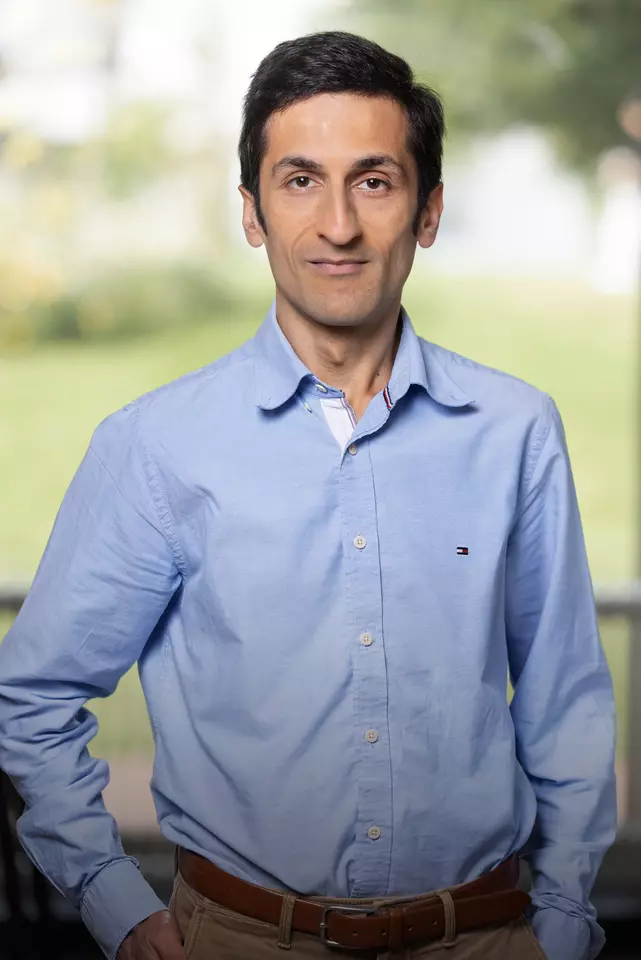
Iman Esmaeil Zadeh
After a bachelor degree in Electrical Engineering (Birjand university and Sadjad institute of technology, 2007, Iran), Iman Esmaeil Zadeh followed two master programs in System-On-Chip and Material physics and Nanotechnology simultaneously (Linköping university, Sweden). He then moved to TU Delft where he received a PhD in applied physics in 2016 on the integration of quantum light emitters, photonic circuits and superconducting nanowire single-photon detectors. After his PhD, he worked for two years at Single Quantum B.V. (SQ) as a research engineer. From Feb.2018- Feb.2021, he was with TU Delft as a postdoctoral researcher followed by another short industrial job as senior research scientist (SQ). As of May 2021, he has been appointed as assistant professor in Optics research group, department of Imaging Physics, in the faculty of Applied Sciences. Dr. Esmaeil Zadeh has authored more than 25 peer-reviewed journal papers and has more than ten years of experience on the design, nano-fabrication, and characterization of photonic devices, superconducting detectors and the integration of semiconducting devices in photonic structures.
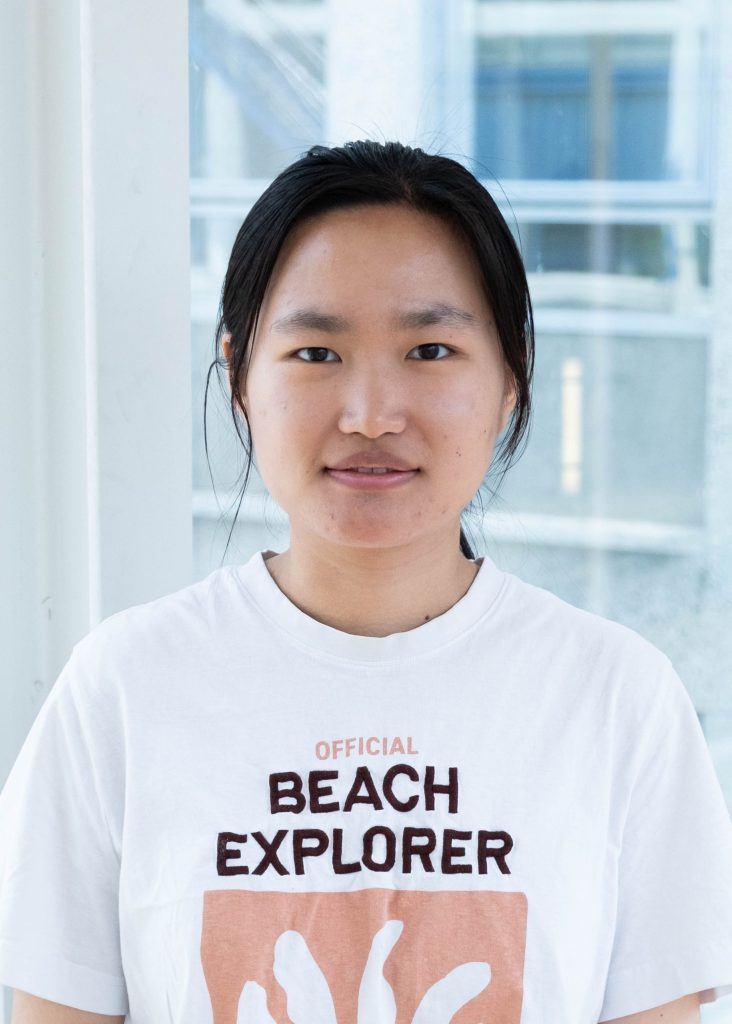
Hui Wang
obtained her bachelor degree in Measurement, Control Technology and Instruments at the Department of Precision Instruments at Tsinghua University in China in 2019. Afterwards she pursued a master’s degree in Photonics at Friedrich Schiller University Jena in Germany. She gained experience of fiber-assisted imaging systems during her master study and her Master thesis’ topic is Evaluation of suspended-core fibers for nanoparticle tracking analysis. After her graduation, she joined Prof. Iman Esmaeil Zadeh’s group as a PhD candidate from September, 2022.
Her primary research interests are the design and characterization of multipixel superconducting nanowire single-photon detectors (SNSPDs). As a promising technique to sense a single photon, SNSPDs have seen an increasing demand in recent times in various applications such as optical communication. Unfortunately, the size limitation of a single-pixel SNSPD increases the complexity and constricts the maximum detection count rate in actual systems. Thus, she will explore the potential of SNSPD to expand the active area while maintaining high detection efficiency by combining multiple SNSPDs on one chip. This research topic is sponsored by the FREE consortium, a TTW Perspectief program.
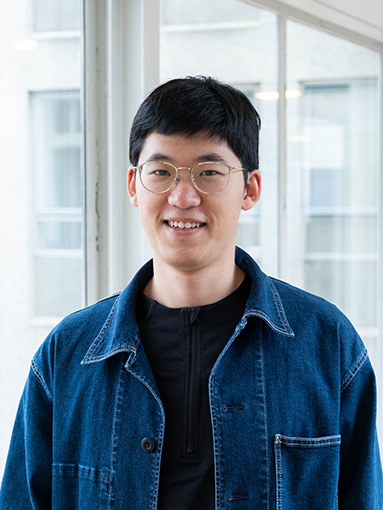
Zizheng Li
joined the QPSI Group in October 2022. He is currently pursuing the Ph.D. degree under the supervision of Dr. Iman Esmaeil Zadeh, Dr. Silvania Pereira, and Prof. Simon Gröblacher. His research is on reconfigurable quantum photonics, involving single photon generation and modulation, integrated microscopy and imaging, and other applications based on heterogeneous photonic integrated circuits on amorphous silicon carbide, silicon nitride and lithium niobate platforms.
Interests: Movies, basketball, football, video games.
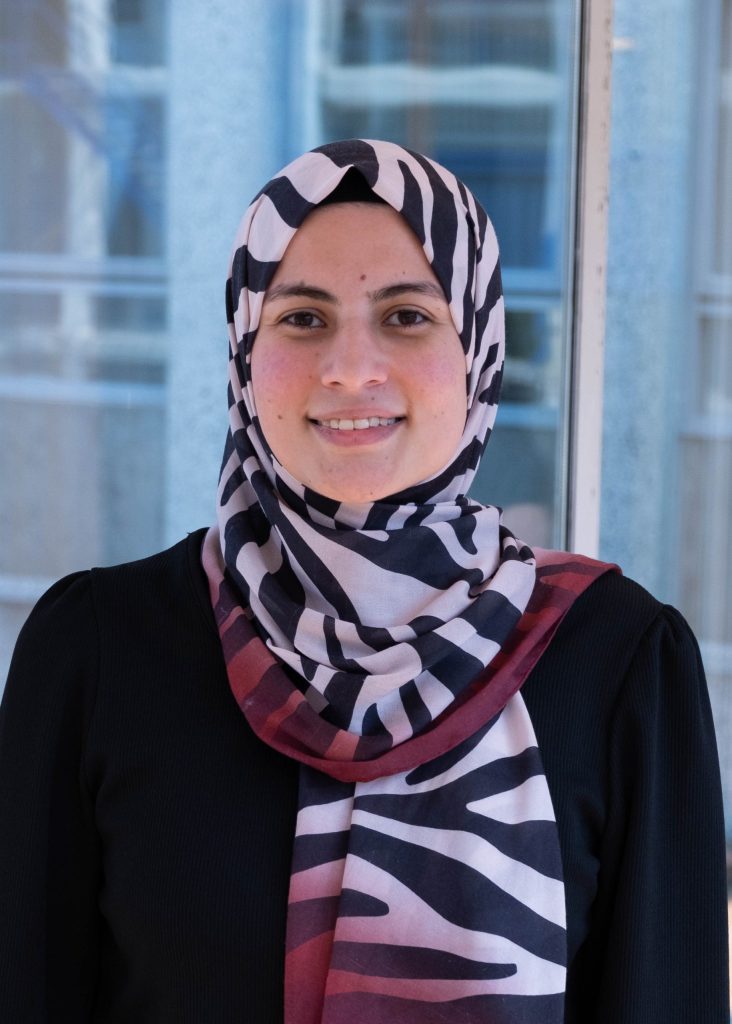
Shrouk Eid Zaki Ahmed
Hi, I am Shrouk, I completed my bachelor’s degree in physics from Beni-Suef University (2016), followed by my Master’s in Theoretical Physics (2021) with a significant contribution to the field of nanosensor applications using phononic and photonic crystals. As of 15th April 2023, I am pursuing my Ph.D. at the Department of Imaging Physics-faculty of Applied Sciences at TU Delft University as part of the FastMOT project, funded by the European Union (https://fastmot.eu/). My research focuses on developing an innovative fast-gated and ultra-high quantum efficiency superconductor nanowire single-photon detector, to enable multifunctional deep body imaging with diffuse optics. Through our Multifunctional Optical Tomograph (MOT), we will be able to image deep organ and optical structures and monitor functions including oxygenation, hemodynamics, perfusion, and metabolism.
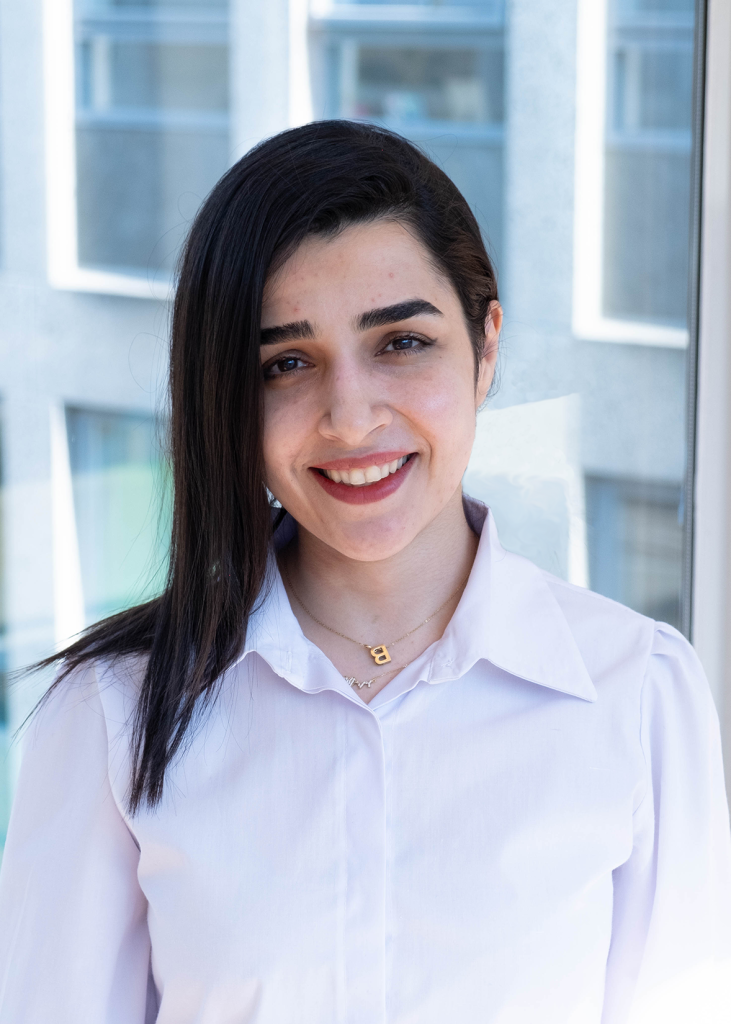
Behnoosh Babaghorbani
My Ph.D. journey started in May 2024, joining as a contributor to the European project “Reconfigurable Superconducting and Photonic Technologies of the Future (RESPITE).” The project’s overarching objective is to integrate vision and cognition on a single chip by leveraging newly developed superconducting Joule switches as neurons, multi-level phase change memory elements as synaptic weights, and superconducting single-photon detector arrays as retinas. Our aim is to demonstrate a novel platform (https://cordis.europa.eu/project/id/101098717).
My academic journey began with a Bachelor’s degree in Electrical Engineering from Isfahan University of Technology (IUT), followed by a Master’s degree in the same field with a focus on micro and nanodevices at Amirkabir University of Technology (Tehran Polytechnic). This educational trajectory ignited my passion for imaging and detection systems, which has since become the focal point of my career aspirations.
Presently, I am pursuing my Ph.D. in the Imaging Physics group under the supervision of Dr. Iman Esmaeil zadeh. My research interests primarily revolve around optics and photonics, with a specific emphasis on advancing imaging and detection technologies.
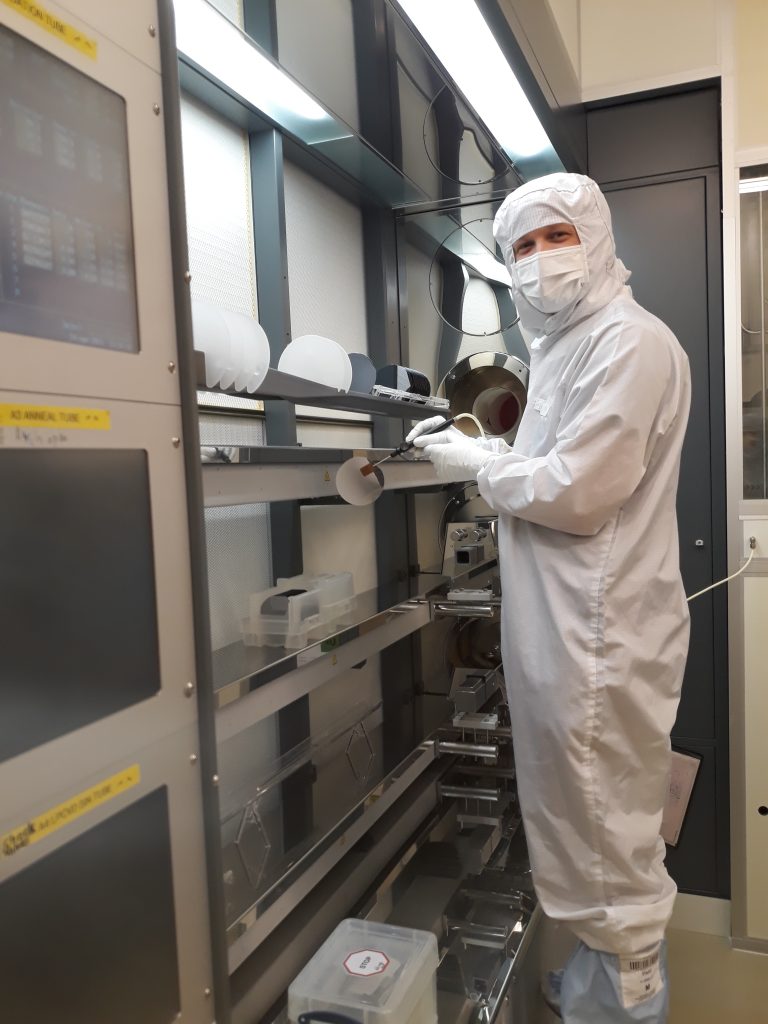
Roald van der Kolk
Hello My Name is Roald, A PhD student in QuPsi. My main focus of my PhD is bridging the fields of SNSPD’s, high Tc superconductors and integrated photonics. A SNSPD is a superconducting nanowire single photon detector. The operating principle is quite easy to follow. We bring this device close to a regime where it breaks superconductivity such that a single photon can break superconductivity. Once superconductivity is broken the resulting resistance produces a voltage pulse which is amplified and measured. Currently these detector require expansive cryostats to cool them to temperature required for measurements. However with high Tc superconductors comes the promise of affordable single photon detection. Another aspect of my project revolves around integrated photonics. An example is combining multiple SNSPDs. The potential advantages of assembling arrays of these highly sensitive single photon detectors are truly remarkable, yet, as with many innovations, their full implications might not be immediately apparent. Of course there are some easy to think of such as in medical imaging and astronomy.
In my spare time I’m lead vocal of a metal band, love to read ancient books and poetry and do bouldering.
Former Members
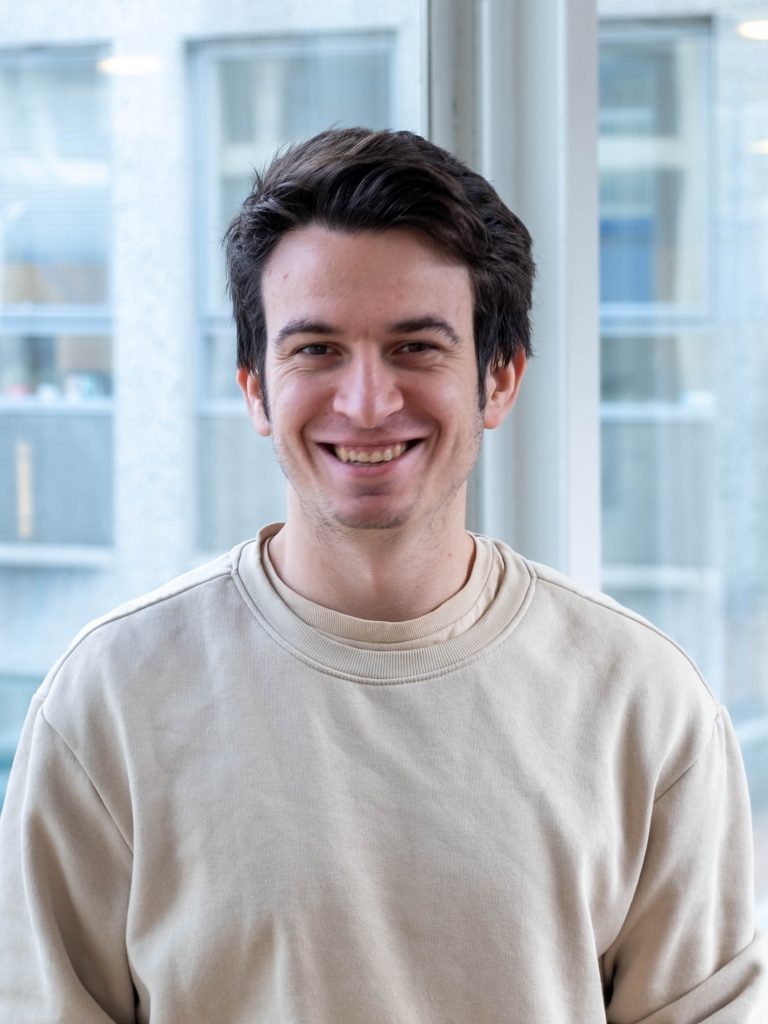
Bruno Lopez Rodriguez
Bruno López Rodríguez received in 2018 his Bachelor’s degree in Physics from the Complutense University of Madrid, specializing in Applied Physics at KTH Royal Institute of Technology (Stockholm, Sweden) as part of an Erasmus+ exchange.
During his last year of the Bachelor, he became interested in nanotechnologies and advanced nanofabrication techniques. This led him to pursue a two-year Master’s programme in Nanotechnology at KTH with focus on nanoelectronics and micro-electromechanical systems. Since August 2021, Bruno is pursuing a PhD in Integrated Quantum Photonics at the Imaging Physics department of TU Delft under the supervision of Dr. Iman Esmaeil Zadeh.
His research focuses on integrated photonics using amorphous silicon carbide for hybrid photonic integration and increasing the tunability of existing platforms.
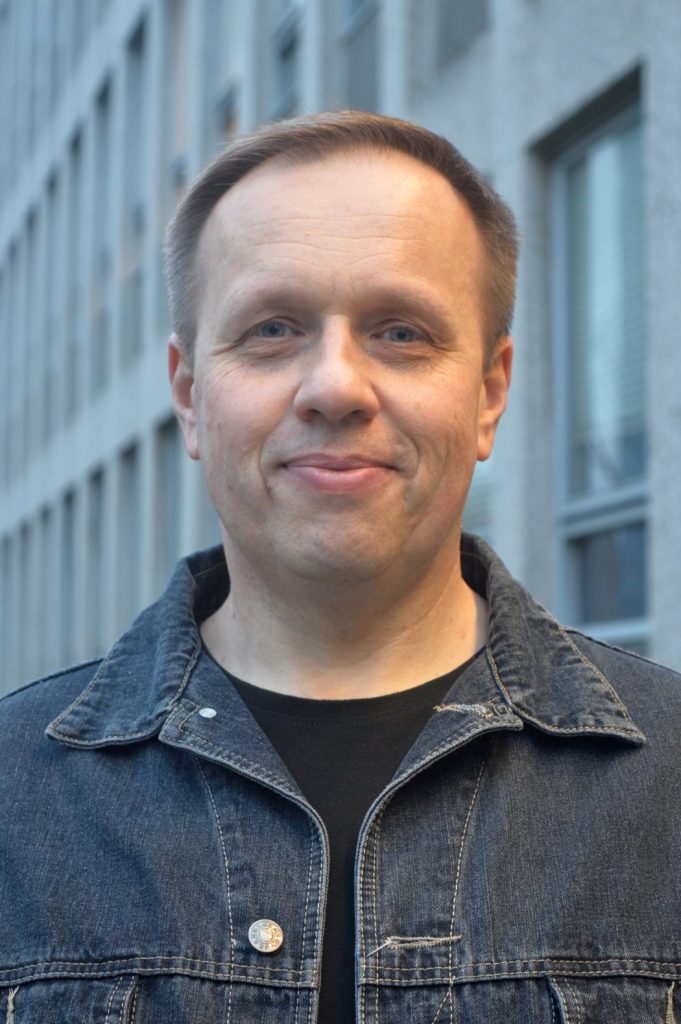
Mischa Mykhaylov
Mischa joined the QuPSI group as a postdoc in January 2024. He will focus on the development of a fast gated superconducting nanowire camera for multi-functional optical tomograph in the framework of the Horizon Europe FastMOT project. After obtaining his MSc degree in Physics from Karazin University in Kharkiv, Ukraine, he pursued his PhD at B. Verkin Institute for Low Temperature Physics and Engineering, also in Kharkiv. His main research area is superconductivity of thin films, multilayers and nanostructures. His research resulted in the development of the first fiber-coupled and waveguide integrated MoSi superconducting nanowire single-photon detectors, the observation of single-photon response in few-micron-wide MoSi microbridges and the demonstration of ultrafast superconducting vortex dynamics in MoSi films.
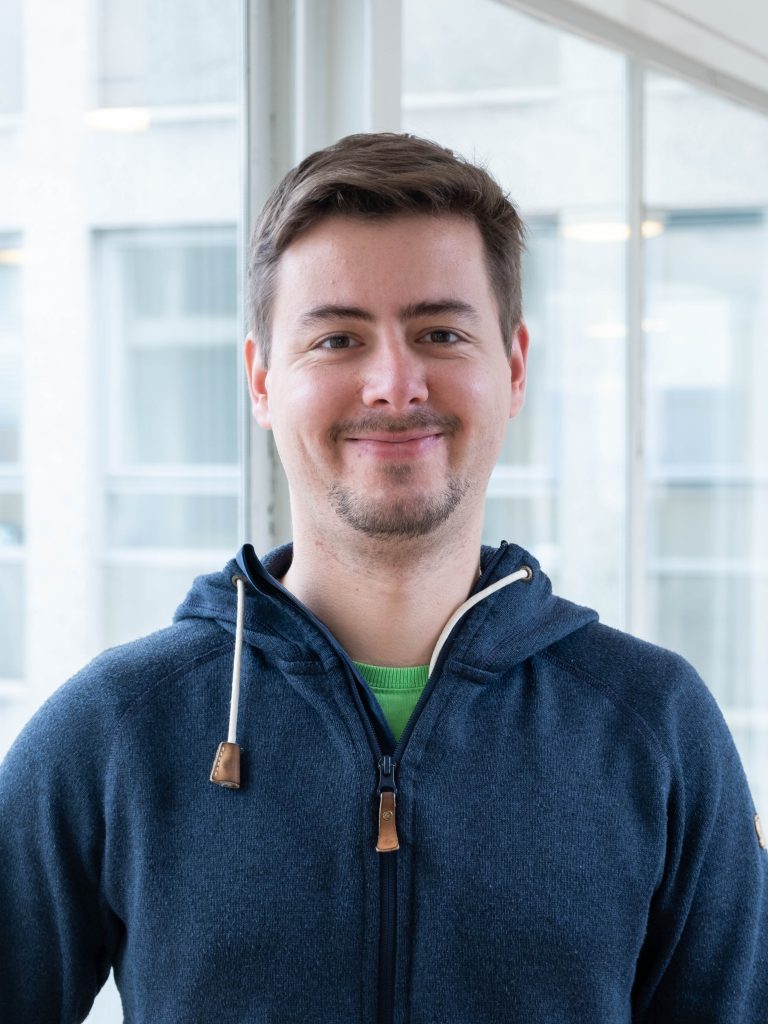
Dmytro Kolenov
Dmytro Kolenov was born in the Ukrainian city of Kharkiv. In 2015, he received a BSc in Applied Physics from V. N. Karazin Kharkiv National University, followed by an MSc with honors in Space Physics. He received a Quota Scheme Scholarship to study Space Physics at the University of Tromso in Norway from 2015 to 2017. “Simulating magnetic field variations in the mesosphere for laser measurements” and “Plasma wave process studies with GNSS signals propagating through the high- and middle-latitude ionosphere” were the topics of the work in the field of Space Physics. In 2022, he received his Ph. D. from the TU Delft University’s Applied Sciences faculty’s Optics group, under the supervision of Silvania Pereira and Paul Urbach. “Coherent Fourier Scatterometry for sensitive detection of subwavelength structures and particles” was the topic of the doctoral project. Further research as a PostDoc in the Optics group is looking into Coherent Fourier Scatterometry for buried particle detection, technique’s potential for thickness retrieval of multilayer rough layers, defect Detection in Gallium Nitride and Silicon Carbide Samples. As of 2024, he has joined the QuPSI group led by Iman Zadeh in a postdoctoral role, specializing in computational physics and experimental optics for wavefront shaping in multimode fibers.
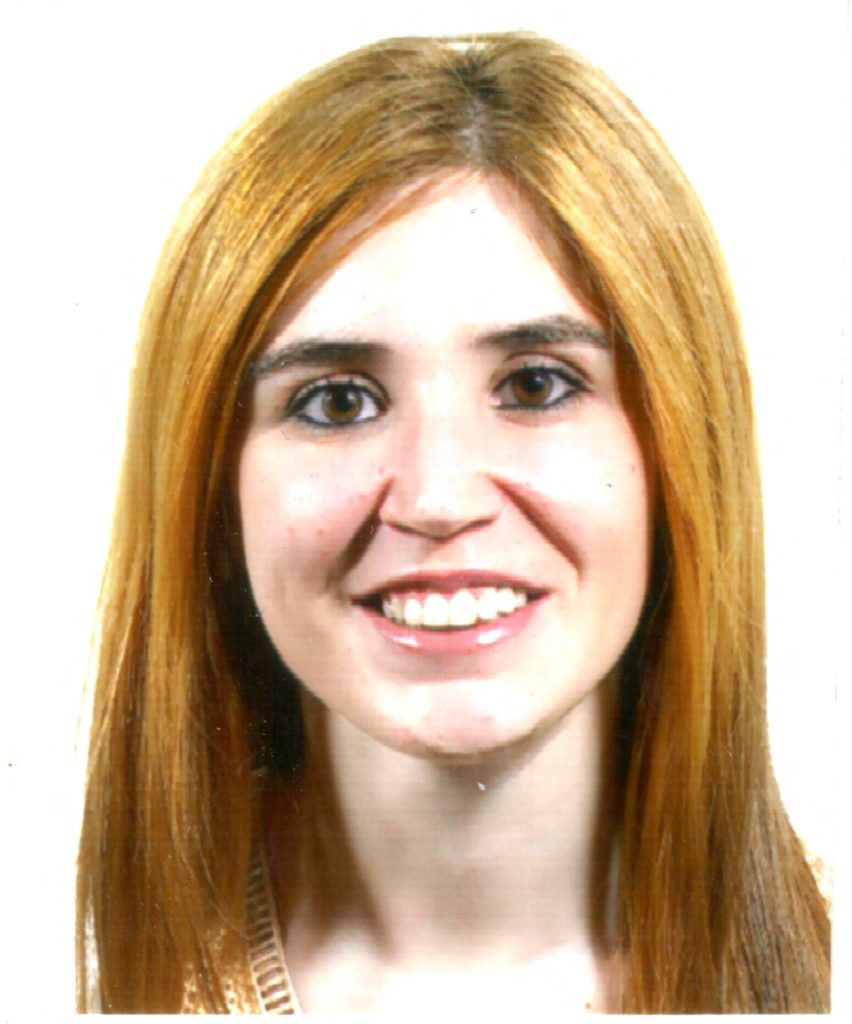
Cristina García Pérez
Cristina García Pérez graduated in Nursing from the Autonomous University of Madrid in 2014 and later earned a Physics degree from the Complutense University of Madrid in 2019. She has had clinical experiences, including specialized care units at La Paz University Hospital and public health centers in the Community of Madrid. She received a scholarship for master’s studies from the Autonomous University of Madrid, where she became a research assistant. In December 2021, she was awarded an FPU grant for university professor training. Currently, she is pursuing a doctoral thesis in the Quantum nanoDevices Group in IMDEA (Madrid, Spain) focused on overcoming intrinsic limitations in single-photon detectors, exploring hybrid systems with superconducting materials like NbTiN and graphene. Now she has joined the QuPSi group at TU Delft as PhD guest researcher to work on the multi-wavelength imaging project under the supervision of Dr. Iman Esmaeil Zadeh. She collaborates in the development of an advanced optical imaging system utilizing SNSPDs, capable of generating multi-wavelength 3D images through object reflection.
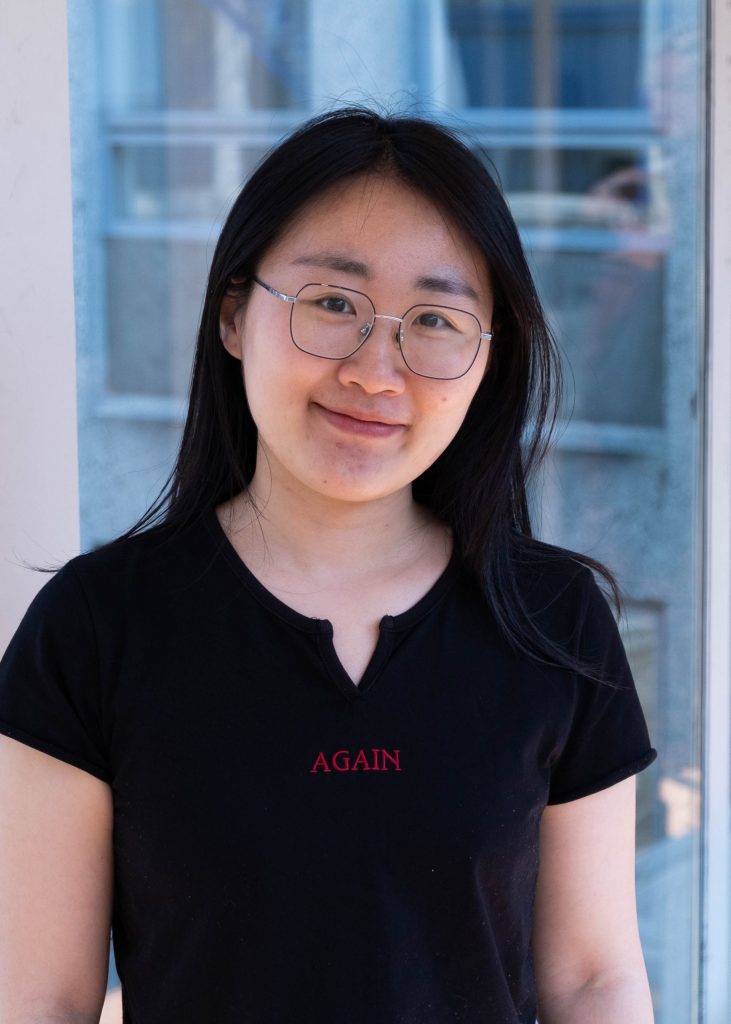
Yanhui Ji
I am Yanhui Ji, currently serving as a visiting PhD candidate in QPSI group. I am pursuing my doctoral degree at Changchun Institute of Optics, Fine Mechanics and Physics, Chinese Academy of Sciences. My PhD research is two-photon absorption alkali vapor lasers, a novel laser technology capable of generating multi-wavelength laser outputs simultaneously, holding potential for applications in underwater detection, and quantum communications.
I joined the QPSI group in December 2022, under the guidance of Prof. Iman Esmaeil Zadeh and Prof. Silvania Pereira. My current project involves constructing the innovative multi-wavelength pumped Lidar system, which utilize six lasers scanning wavelengths from 400nm to 2000nm. The integration of superconducting nanowire single-photon detectors in this system enabled the reliable capture of high-precision laser scattering signals. This system’s design opens new avenues for applications in underwater detection, meteorological observations, and target distance measurement, offering invaluable insights for scientific research and engineering applications that require multi-wavelength laser technology.
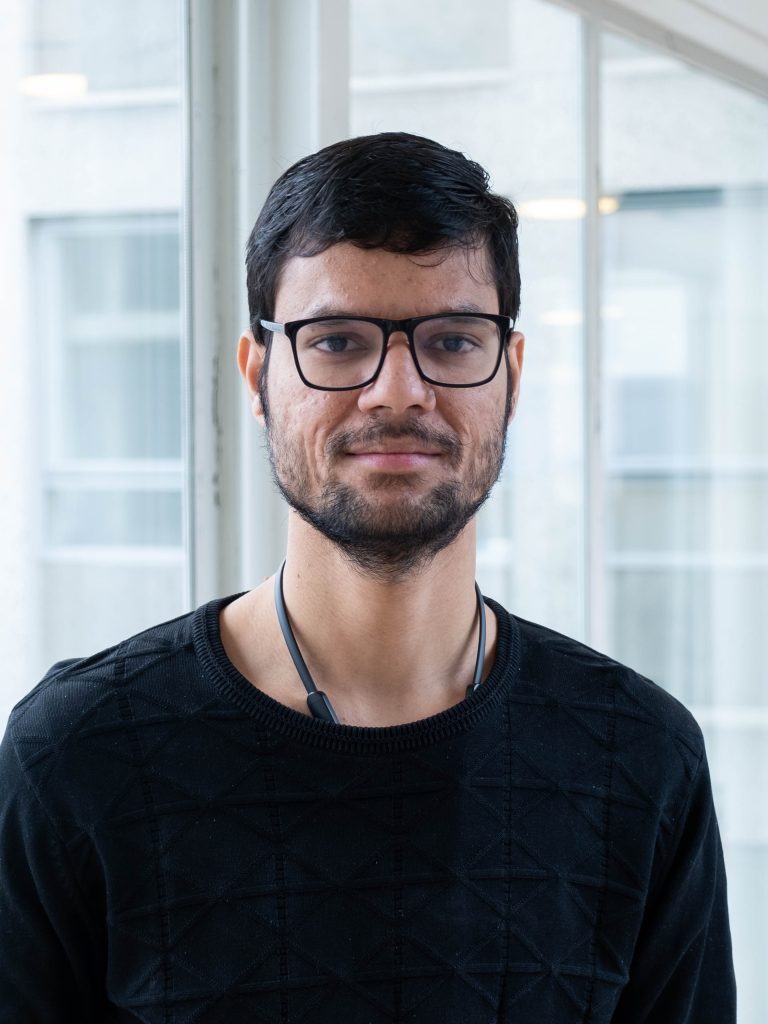
Naresh Sharma
Naresh has been working as a postdoc since August 2022. He received his Ph.D. in Photonics from the Indian Institute of Technology (IIT), Kanpur, India, in Nov 2021. Before joining the IIT Kanpur, Naresh completed a BTech in Electronics and Communication from IIITDM Jabalpur, India. During his Ph.D., he specialized in optical engineering using photonic crystal cavities and demonstrated a beam-shaping element and reconstructive spectrometer. In his postdoc, he is working on different photonic platforms for next-generation programmable circuits.